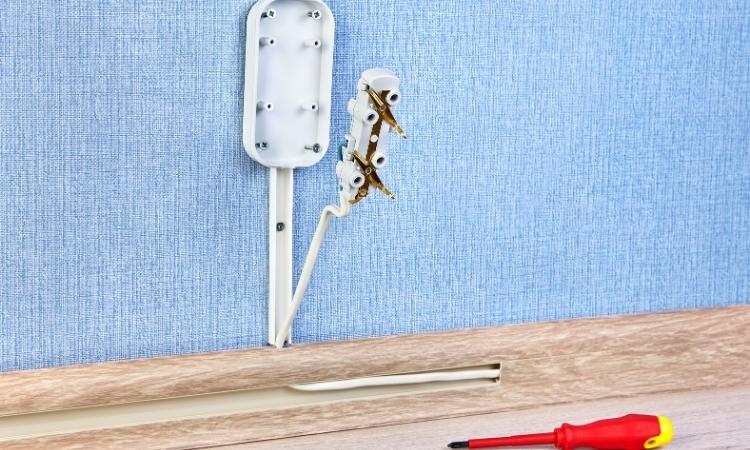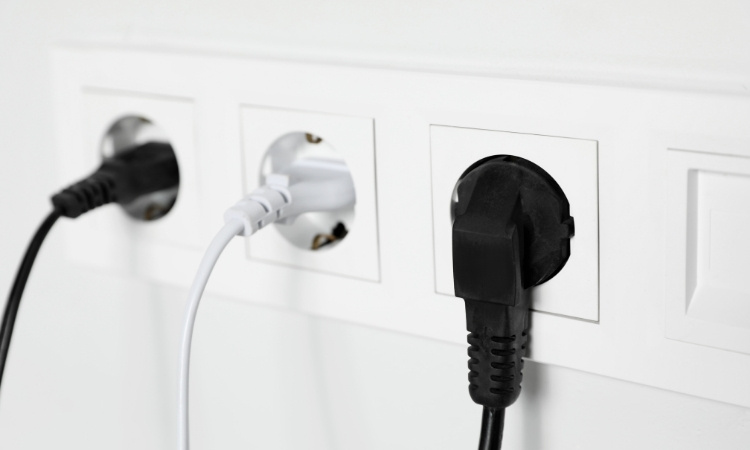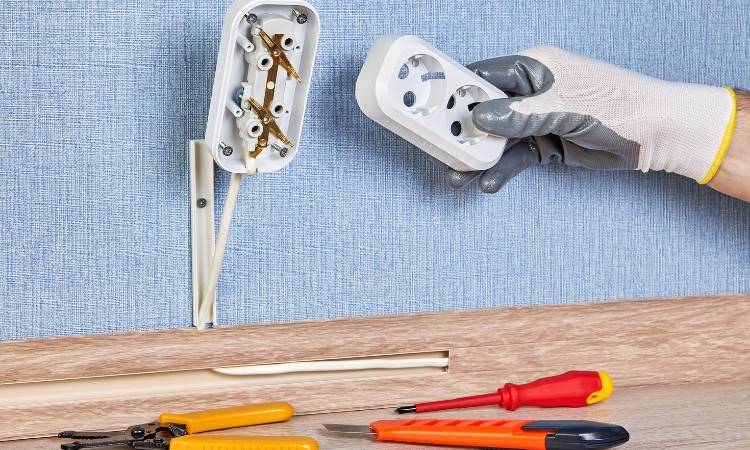Have you ever tried hanging something on your wall, only to find the screw just won’t stay in? That’s a common issue in many Singapore homes. Many walls here are made of concrete or brick, so simply driving a screw into them doesn’t work. The solution? Learn how to install a wall plug. It’s a small thing that makes a big difference.
Wall plugs help screws grip firmly, so your shelves, hooks, or picture frames stay in place without wobbling or falling off. In this guide, I’ll show you exactly how to install one the right way, step by step, and with tips that work specifically for homes in Singapore.
LS Electrician Services Singapore explains the installation of wall plugs in Singapore. It is important to note that their professional lighting installation, switch installation, and house re-wiring services need no introduction in Singapore.
What You Need Before You Start
Here are the tools and materials I personally use to install a wall plug:
- A drill with a masonry bit (at least 6mm)
- A wall plug that matches your screw size
- Screws (check length and type)
- A screwdriver or a drill driver
- A pencil to mark the wall
- A level (if you’re mounting something like a shelf)
- A hammer (in case the plug needs a gentle push)
If you don’t have these at home, you can get them from Selffix at Northpoint, Horme at Ubi, or even from online shops like Shopee. I usually go to Selffix for small items as it’s convenient and they carry decent quality brands.

Installing a Wall Plug: Step-by-Step Guide
Step 1: Find the Right Spot
Mark exactly where you want to fix the item. Use a level if needed. Don’t guess because once you drill, you can’t undo the hole. In my case, I once drilled slightly off and had to patch it back with filler, so take your time.
Step 2: Check the Wall Material
In most HDB flats, the walls are solid concrete. Tap the wall gently. If it sounds dull, it’s probably solid. If it sounds hollow, it might be drywall or a partition. For concrete, use a masonry drill bit. For drywall, use special plugs meant for hollow walls.
Step 3: Drill the Hole
Attach a masonry bit to your drill. 6mm is good for medium loads like curtain rods or towel racks. Keep the drill straight and balanced. Don’t force it. Let the drill do the job. If you feel it shaking too much or skipping polls, pause and check if the bit is correct. I once drilled too fast and broke some part of the wall paint, so go slow.
Step 4: Insert the Wall Plug
Take the wall plug and gently push it into the hole. If it doesn’t go in easily, tap it lightly with a hammer. It should sit flush with the wall, not deeper, not sticking out.
Step 5: Fix the Screw
Now place your item, maybe a hook or a shelf bracket, over the hole and drive the screw in. As the screw enters, the wall plug will expand. This keeps everything tight and secure. I use a cordless drill for this step, but a good screwdriver works just fine.
That’s it. Installing a wall plug is a small job, but it makes a big difference in keeping things steady on your wall.

Tips and Tricks for Wall Plug Installation in Singapore
- Humidity Matters: Singapore is hot and humid. Moisture can affect wall strength over time. That’s why it’s important to use good-quality plugs that won’t degrade easily. I use Fischer plugs as they last longer.
- Avoid Rebar: In some HDB walls, there are steel bars inside. If you hit metal while drilling, stop. You might be hitting a rebar. Shift slightly and try again. I’ve faced this while mounting a mirror, and it’s common, especially in bathrooms.
- Don’t Drill Near Power Points: Many older flats have hidden wiring in the walls. Use a stud or voltage detector if you’re unsure. I always stay at least 10 cm away from switches or sockets.
- Always Use the Right Plug: Not all wall plugs are equal. For concrete, go for plastic or nylon plugs that grip tightly. For partition walls, use butterfly or toggle plugs instead.
Wall Plug Installation Singapore: When to Call a Pro
If your wall looks damaged, or you’re not sure if drilling is safe (especially near electrical boxes), it’s better to call a professional like LS Electrician Service. Some areas in Singapore HDB flats have restrictions for drilling, especially near main doors or shared structural walls. Always check the HDB guidelines if you’re unsure.
Final Thoughts
Knowing how to install a wall plug can help you take care of simple tasks around your home without calling someone else. Whether you’re mounting a shelf in your HDB living room or putting up a rack in your condo kitchen, this small skill goes a long way. With the right tools and methods, wall plug installation becomes safe and easy.
Now that you know how to install a wall plug, try it out on your next DIY project. Just remember to check your wall type, drill slowly, and use the right plug for the job. If you get it right once, it gets easier every time.
